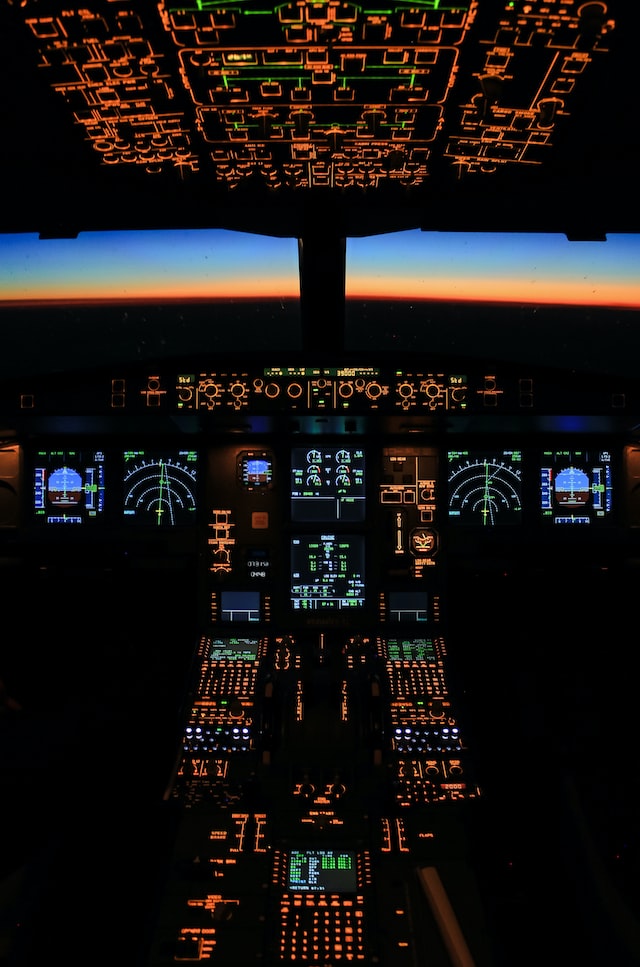Howard Hughes (24 December 1905 - 5 April 1976), born in Houston, Texas, was an American entrepreneur, pilot, film producer, director and actor.
He was orphaned in 1923, dropped out of school to take over his father's business, became chairman of the Hughes Tool Company in 1924, entered Hollywood in 1926, became chairman and director of a film company, bought the rights to 125 cinemas, and invested in the comedy film Two Arabian Knights in 1927. In 1930, he invested in the war film "Hell's Angels" and in 1932, he founded Hughes Aircraft Company, setting a world flight record of 567 km/h in a plane of his own design in 1935, flying across America in 7½ hours in 1937, and setting a record of 91 hours around the world in 1938. In 1939, Hughes took ownership of Universal Airlines, and in 1948 bought control of the entire Thunderdome Film Company. In 1967 he sold $500 million of the company's stock.
Howard Hughes died in his private jet on 5 April 1976 at the age of 71.
Film and television entertainment company
In 1926, Howard Hughes bought the rights to operate 125 cinemas. In 1948, Hughes bought control of the entire Thunderdome Film Company. In the 1950s, Hughes bought several television stations in Las Vegas and often called in to have them show the films he wanted to see. entertainment industry.
Hughes Tool Company
When Hughes was 18, his parents died, leaving him with an inheritance that he could not access until he was 21. Howard Hughes went to court to request early receipt of his inheritance. At the public hearing to deal with the estate he pointed out that half of Hughes' company went to his mother under his father Hughes Sr's will, which Hughes Sr had made before his mother's death. Now that his mother was dead, his mother's 50% share should go to him; of the remaining 50% belonging to Hughes Sr, half, or 25%, would go to him, and the other half, also 25%, would be divided equally among the family's relatives. At the age of 18, four months after his father's death, Hughes obtained a bank loan and bought his relatives' share of the inheritance in cash, becoming the sole owner of Hughes Tool Company (Baker Hughes USA). (Baker Hughes Corporation).
In 1924, Hughes had no interest in the oil drilling business. He spent a few months finding new management for the company and then resigned. It was not until 1987 that the "Hughes Tool Company" was merged to become the "Baker Hughes Corporation of America".

Hughes Aircraft Company
In 1932, the Hughes Aircraft Company was created to employ the best American engineers to build faster and more efficient aircraft [6]. Hughes Aircraft was one of the major suppliers to the US Air Force, including Hughes Aerospace and Communications and Hughes Helicopter.
In 1939, Hughes joined TWA, introducing the Lockheed Constellation, the greatest piston-engined airliner in aviation history, taking over many of the military's unused developments and technologies at a very low cost, and pioneering transatlantic air routes. Under his management, TWA quickly turned a profit and Hughes became America's first billionaire. In the 1940s, his airline was active in developing a variety of aircraft, establishing his place in American aviation history. Hughes was the 78% owner of TWA until 1950, when he lost his controlling interest when he refused to appear in court. Hughes lost his controlling interest when he refused to appear in court.
In 1965, Hughes Aircraft developed a commercial communications satellite weighing approximately 38 kilograms, which opened up the television and telephone networks between Europe and the United States with its 6,000 telephone lines and 12 colour television transmissions. 1966 saw Hughes Aircraft build an unmanned spacecraft for the United States, which made the first trip to the moon, laying the foundation for subsequent manned landings on the moon and becoming one of Hughes' most historic commercial achievements. Hughes' most historic commercial achievement. Throughout the 20th century, Hughes was a pioneer in aerospace in the United States and around the world. The Hughes Aircraft Company, which Hughes founded, invented the first practical laser, the first synchronous satellite and the first lunar probe.

Howard Hughes Corporation
In 1924, Howard Hughes inherited the Hughes Tool Company. In the 1950s, he bought a large amount of land, hotels and entertainment venues in Sumlin, Nevada and Las Vegas.
In 1973, the vast Hughes empire became a conglomerate, the Howard Hughes Corporation. In 1976, after Hughes' death, the company underwent several mergers and acquisitions, but remained a leading American company, still called "Howard Hughes Corporation".

Howard Hughes Medical Institute
In the late 1940s, Hughes founded a laboratory formed by a number of doctors and scientists. On December 17, 1953, Hughes signed a contract dedicated to basic scientific research into the "origin of life". Hughes founded the Howard Hughes Medical Institute, a non-profit medical research institute in the United States. It is to promote the effective application of human knowledge in the basic sciences (primarily in the fields of medical research and medical education) and for the benefit of humanity. Later, scientists focused on the study of cell biology, immunology, genetics, neuroscience, structural biology .

When Howard Hughes died in 1976, his Institute of Medicine inherited all his assets; until the 21st century, the Howard Hughes Medical Institute was the second largest medical research foundation in the world, with more than a dozen Nobel Prize winners and nearly US$20 billion in assets under management .